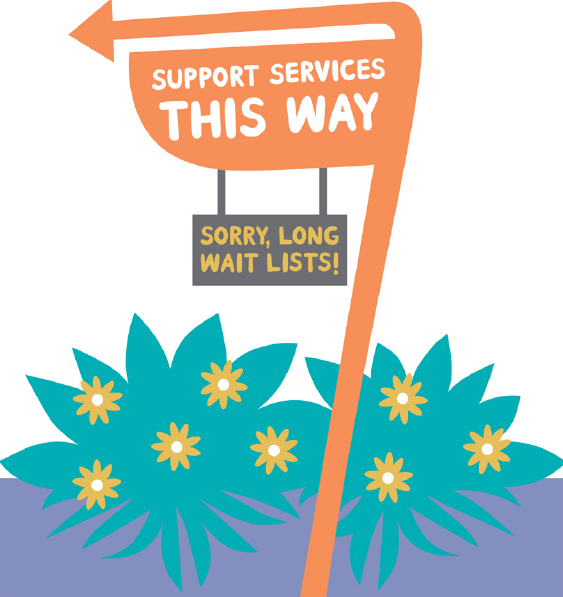
When the system response is that you’re on a waitlist for months, that’s so sad. Sleeping rough on the street can be worse than the abusive relationships. – Victim Survivors’ Advisory Council member
There is a lot of pressure on workers and organisations because of this increase in awareness, and they are not always able to help everyone the way they would like to.
For many people, the entry point into family violence services is through Victoria Police. Police members are given clear guidance on prioritising safety and support for children, young people and families, responding to the diverse needs of communities and looking at what is best for the child separate from parents and caregivers. But there are still barriers for people to report and access support this way.
Some of the other services where people going through family violence can get support are The Orange Door and the Safe Steps Family Violence Response Centre. Although these services provide support, we have heard victim survivors having to wait a long time before getting the help they need.
But what can be done?
We have suggested the following actions for the Victorian Government to tackle these problems (see full list for all 16 suggested actions(opens in a new window)):
Taking a more victim-centred approach
- Be clear about whose job it is to help victim survivors work out what help they need.
- Find ways for workers from police, courts, The Orange Door and family violence services to work better together
Make sure victim survivors can access the supports they need
- Look at getting male victim survivors their own family violence help.
More data and monitoring to understand the issue
- Get better information about how many people are wanting help, and how long it is taking them to get that help.
- Look at how people move through the system to see what problems there are and fix them to make it easier to get help, including for children and young people.
- Keep looking at and understanding service data to fix problems and delays with The Orange Door.
Updated

